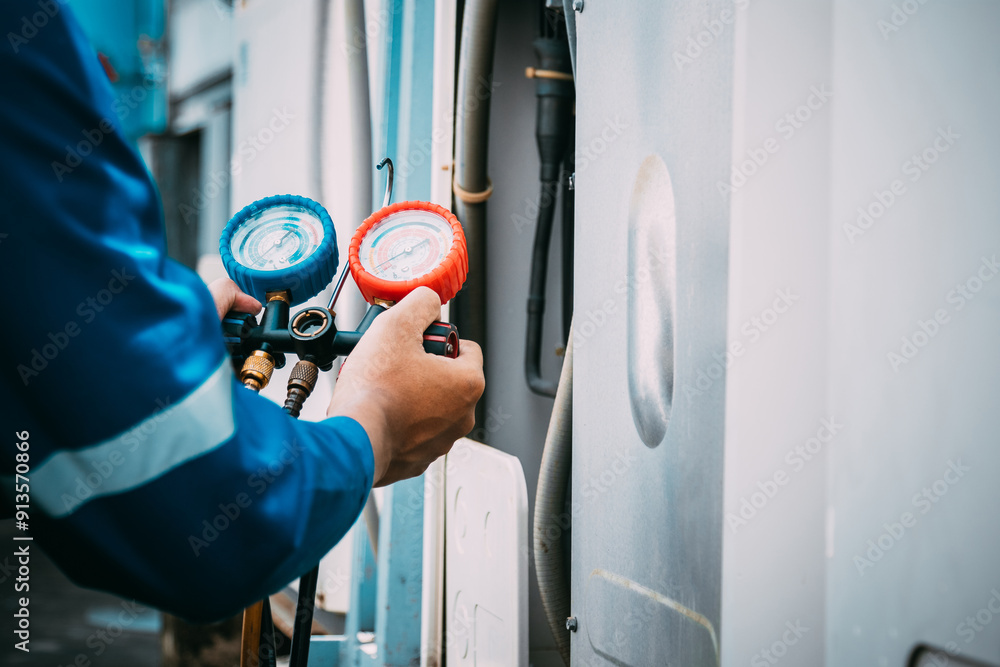
Air conditioners cool your home by moving heat from the inside of your home to the outside. Once outside, the air radiates harmlessly into the environment. Both conventional air conditioners and heat pumps use chemicals called refrigerants to make the transfer process easier.
The refrigerant works its magic through evaporation and condensation. Imagine you have a cool glass of water on a hot summer day. As the water evaporates by absorbing the heat from surrounding the air, you’ll notice condensation on the glass from the water cooling the air.
Now, imagine that you’ve spilled a drink. You soak up the liquid with a sponge, carry the sponge to the kitchen, and wring it out into the sink. The refrigerant acts like a sponge in how it transfers heat from the inside of your home to the outside.
Three components of the AC system help the refrigerant to do its job:
The outdoor coil or condenser coil
The indoor coil or evaporator coil
The evaporator coil draws heat from the air inside your house to evaporate the refrigerant, turning it into a gas. Before the refrigerant can radiate the heat back into your home, it moves along pipes to the outside of your home. There, it reaches the outdoor coil or condenser coil.
The condenser coil typically sits in a boxy unit on the back lawn, just a few feet from the back of the house. The compressor squeezes the refrigerant until it turns into a liquid again. This liquid then enters a low-pressure environment where it evaporates and becomes cool air expelled into your home.
{ FORM HERE }
